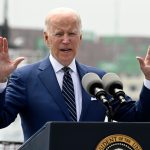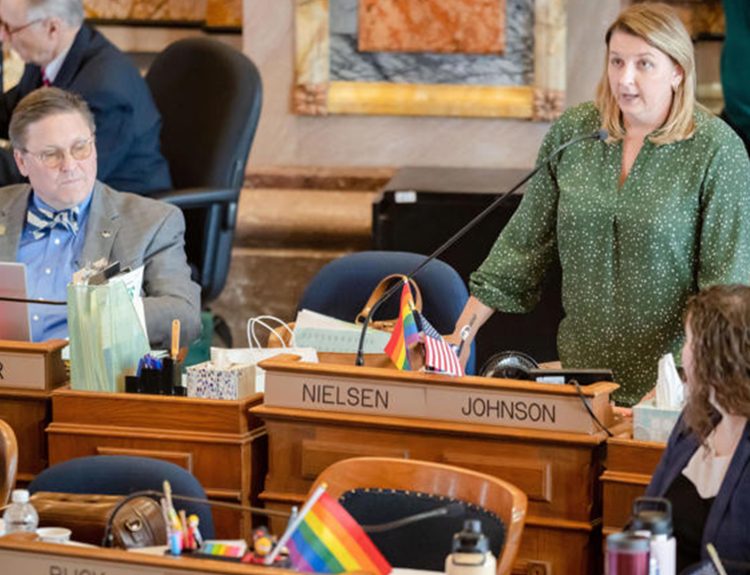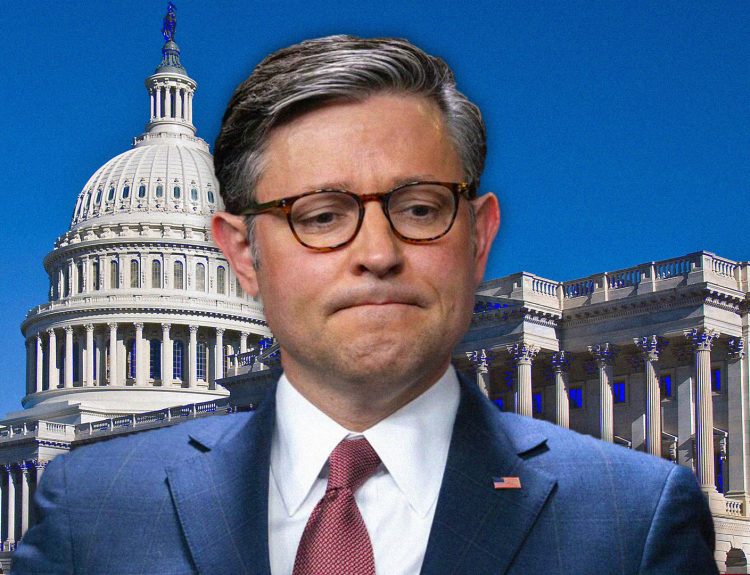The impeachment probe into President Biden has sparked a war of words between two key witnesses. Former Trump aide Cassidy Hutchinson and Republican witness Tony Bobulinski are accusing each other of lying about their encounter in Georgia.
In response to Bobulinski’s claims that she fabricated the meeting, Hutchinson provided photographic evidence to support her account. This latest exchange demonstrates the contentious nature of the proceedings and the conflicting stories coming from both sides.
Photographic Evidence Contradicts Claims
In a letter to the House Oversight Committee’s leading Democrat, Cassidy Hutchinson’s lawyer claimed Tony Bobulinski’s interview with the panel contained “defamatory” statements and untruths.
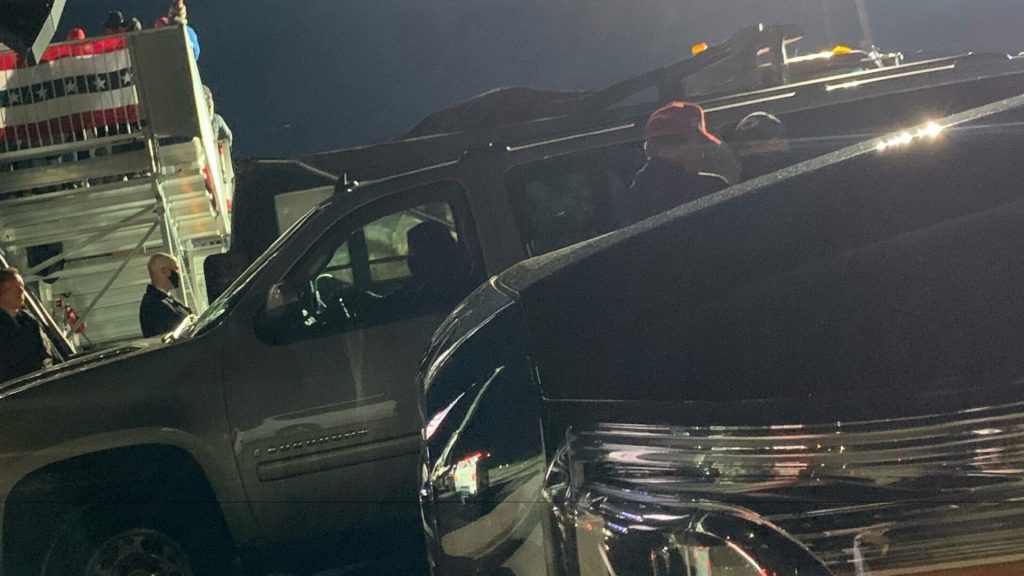
According to ABC News, the letter addressed to Representative Jamie Raskin (D-MD) includes a photograph of Bobulinski and then-White House Chief of Staff Mark Meadows that Hutchinson says disproves Bobulinski’s claims made during his testimony.
Motivations Questioned
Responding to the allegations, Hutchinson’s lawyer has suggested that Bobulinski’s testimony was motivated by a desire for media exposure and financial gain, stating that Bobulinski made “defamatory remarks to capitalize on her recent favorability with left-wing media and to promote the sales of her book.”
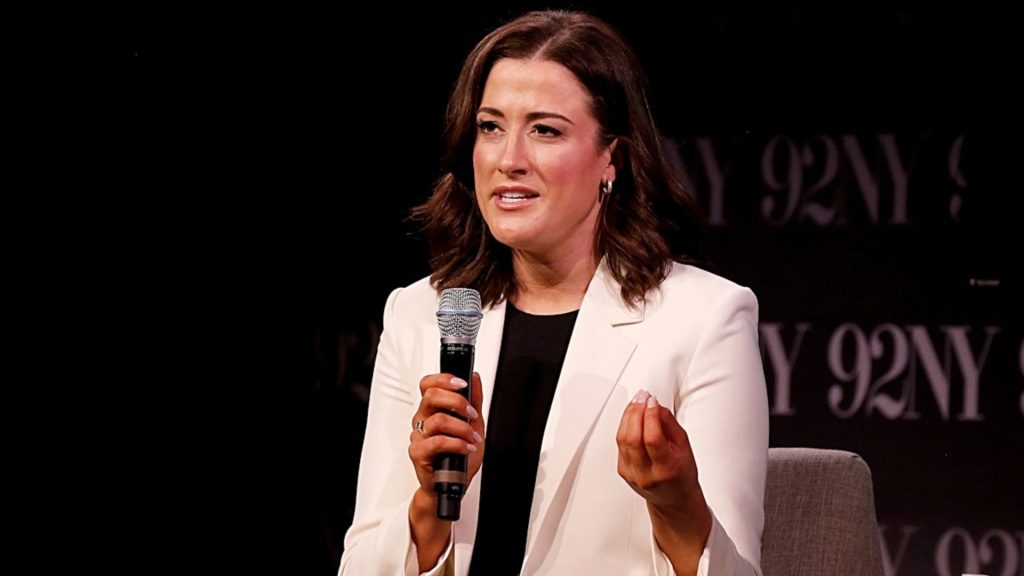
This claim suggests that Bobulinski’s testimony may have been influenced by ulterior motives unrelated to providing accurate information to congressional investigators.
Credibility and Reliability Evaluated
The discrepancies between Hutchinson’s account, supported by photographic evidence, and Bobulinski’s testimony raise important questions about Bobulinski’s credibility and reliability as a witness. His testimony formed a key part of House Republicans’ impeachment inquiry into President Biden, but the accuracy and objectivity of his claims have now been seriously called into doubt.
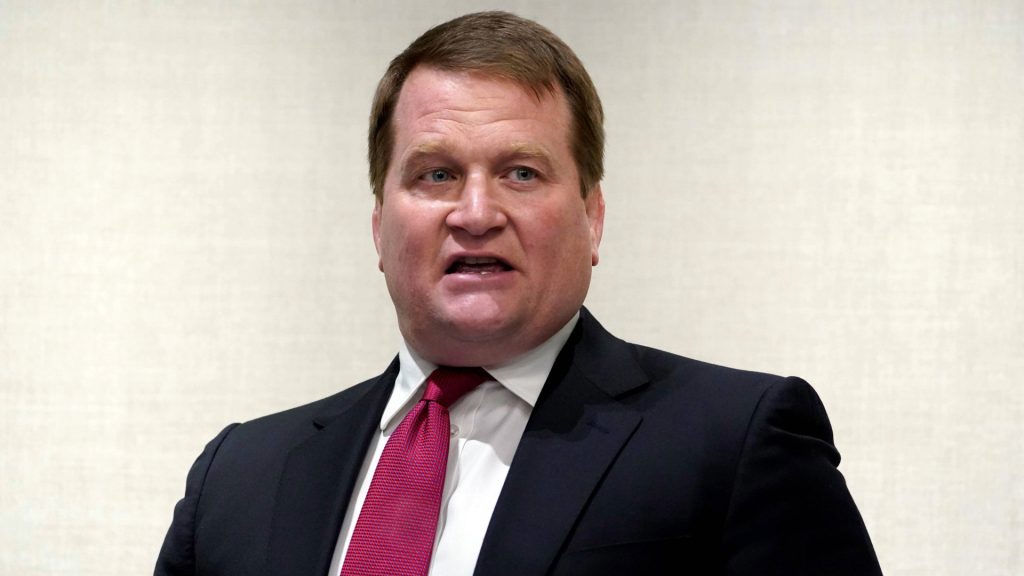
If Bobulinski deliberately misled congressional investigators, it would undermine the legitimacy of the entire impeachment inquiry and reflect poorly on those who presented him as a star witness. Congressional leaders must now determine whether Bobulinski’s testimony can be trusted.
The Meeting in Question
According to Hutchinson’s account, she witnessed Bobulinski and Meadows engaged in a covert exchange in a parking lot outside a Trump rally. Bobulinski was allegedly wearing a ski mask, and Meadows handed him an envelope.
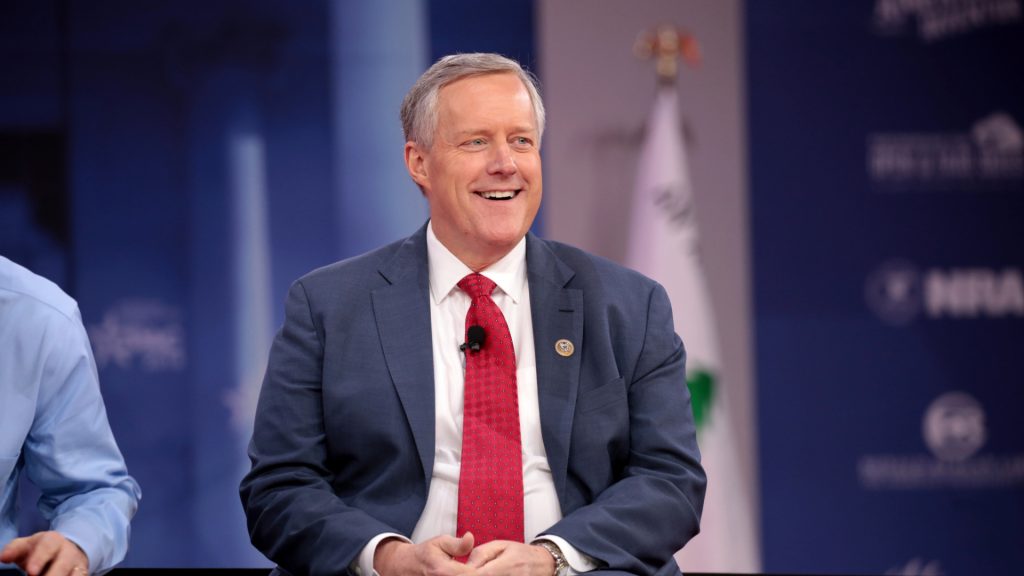
In response, Hutchinson’s legal counsel provided a photograph purportedly depicting Bobulinski and Meadows at the rally in question. Hutchinson’s lawyer asserts this evidence contradicts Bobulinski’s claims that no exchange took place and that he was not wearing a mask.
Unresolved Discrepancies
This exchange of barbed letters has highlighted unresolved discrepancies between witness testimonies. Raskin criticized Bobulinski’s testimony as “chaotic” and lacking evidence of wrongdoing by President Biden.

The photograph introduced by Hutchinson’s counsel adds a new twist, ostensibly contradicting Bobulinski’s claims. However, Bobulinski maintains that the encounter was brief and innocent. Meadows has not provided comments to clarify events.
Need for Corroborating Evidence Highlighted
The disputes over Hutchinson and Bobulinski’s accounts highlight the need for concrete evidence to support the claims made during the impeachment hearings. Testimonial evidence alone may be insufficient, especially when the credibility of key witnesses is in question.
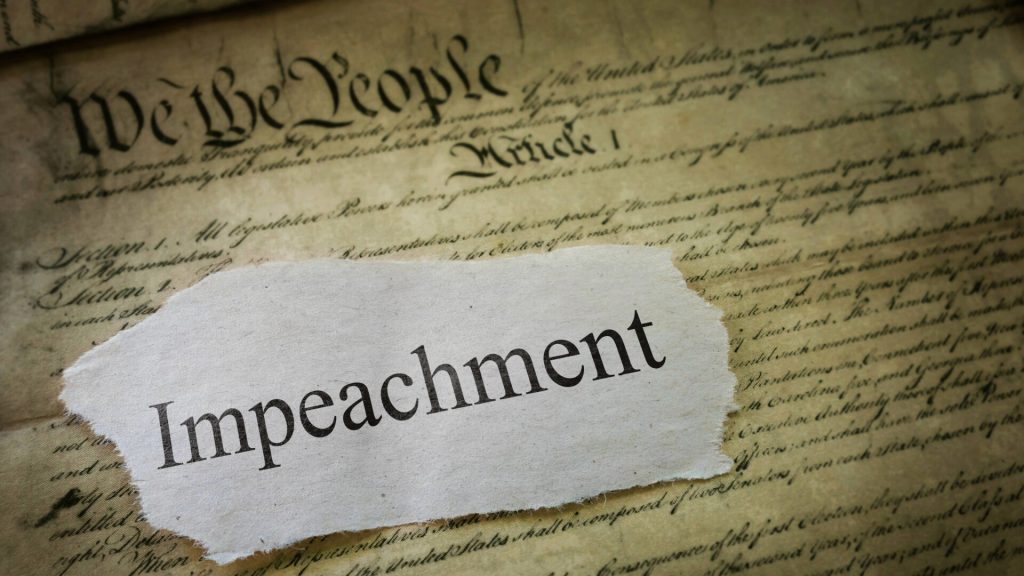
As Passantino argued in defense of Bobulinski, his testimony should not be dismissed solely due to perceived political motivations. However, corroborating documentation or additional witness testimonies may be required to substantiate the allegations leveled against Biden.
Other Witness Accounts: Consistent or Contradictory?
During his testimony to the House Oversight Committee, Bobulinski called Hutchinson “an absolute liar and a fraud,” stating that no such exchange took place and that he was not wearing a ski mask, as Hutchinson had described.
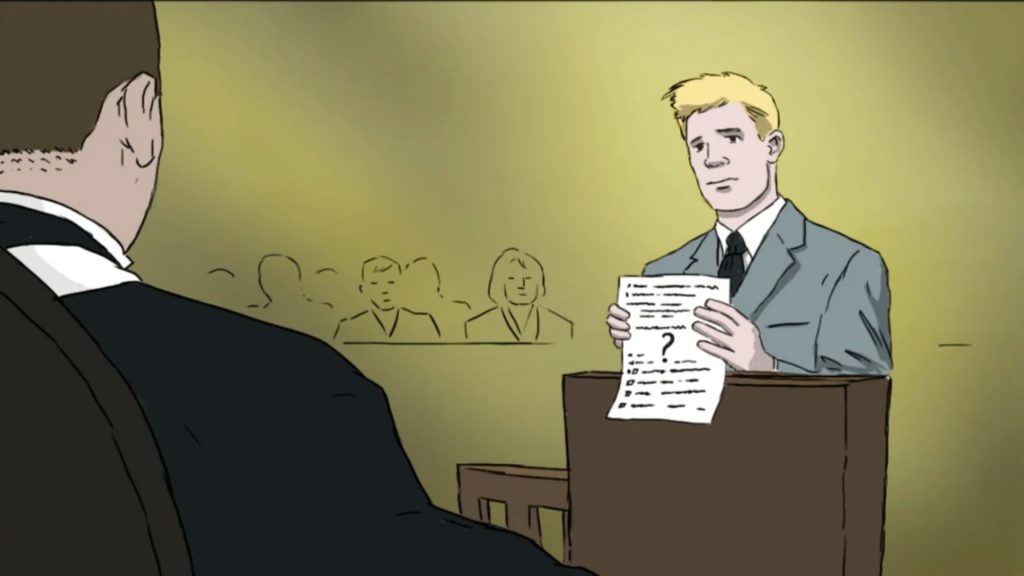
The discrepancies between Hutchinson’s and Bobulinski’s accounts raise questions about the consistency and credibility of other witness testimonies in the impeachment inquiry, with one witness accusing the other of outright lying and fraud.
What Happens Next in the Impeachment Process?
The next steps in President Biden’s impeachment process now lie with the Senate. According to the Constitution, the House of Representatives has the sole power of impeachment, while the Senate has the sole power to try impeachments.
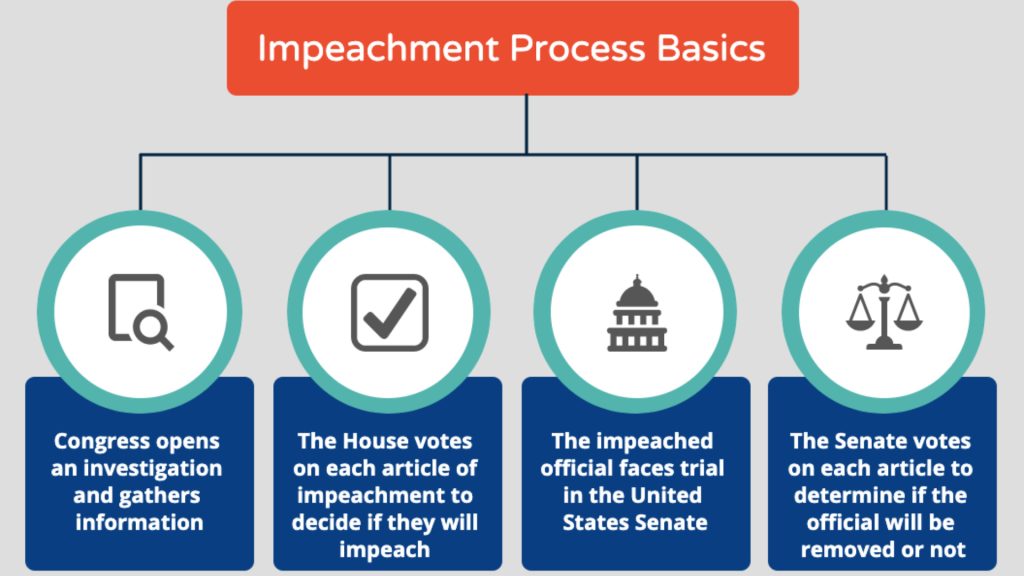
A trial will be held in the Senate to determine whether to convict and remove President Biden from office. The Chief Justice of the Supreme Court presides over the trial of a president. A two-thirds supermajority vote is required in the 100-member Senate to convict and remove a president from office.
Impeachment Articles Need House Approval
At this point, the House of Representatives appoints members to act as managers of the impeachment trial in the Senate. The managers act as prosecutors, while the president has the right to mount a defense.
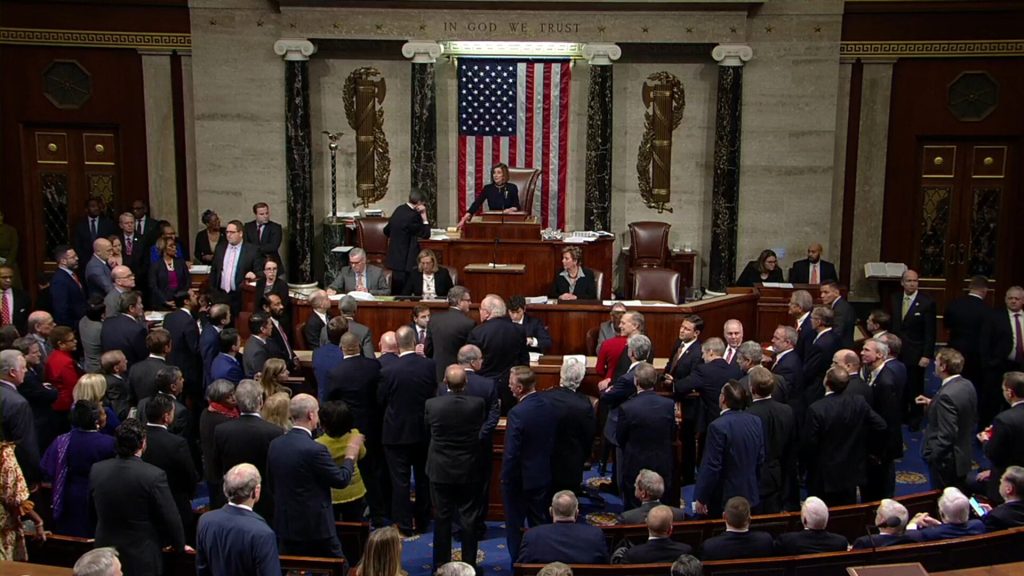
The Senate will debate and vote on whether to convict or acquit the president on each article of impeachment. If convicted of any article, the president is removed from office. Only two presidents have been impeached in history: Andrew Johnson and Bill Clinton.
The Trial Process
The length of the trial is uncertain but could span several weeks. The Senate’s normal business will be postponed during the trial. All 100 senators will sit as jurors, deciding the verdict. They must take an oath to “do impartial justice according to the Constitution and laws.”
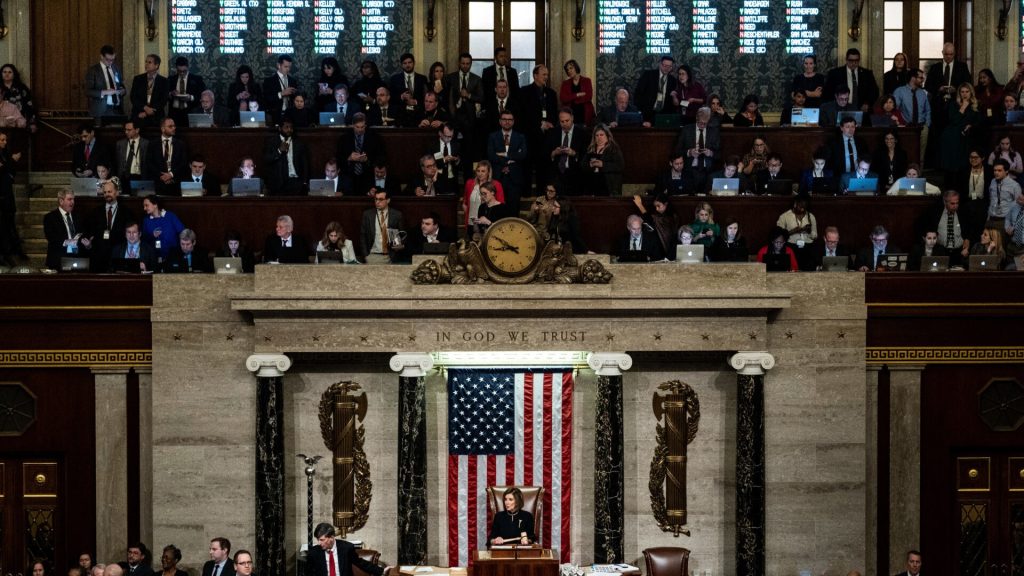
They can continue to discuss the case with colleagues and constituents. Throughout the process, President Biden remained in office and continued his duties as president. His presidential powers are not suspended during the impeachment trial.
The Road Ahead: Senate Trial and Beyond
The House of Representatives has voted to impeach President Biden, accusing him of abusing his power and obstructing Congress. The case now moves to the Senate, which will hold a trial to determine whether to convict and remove the president from office.
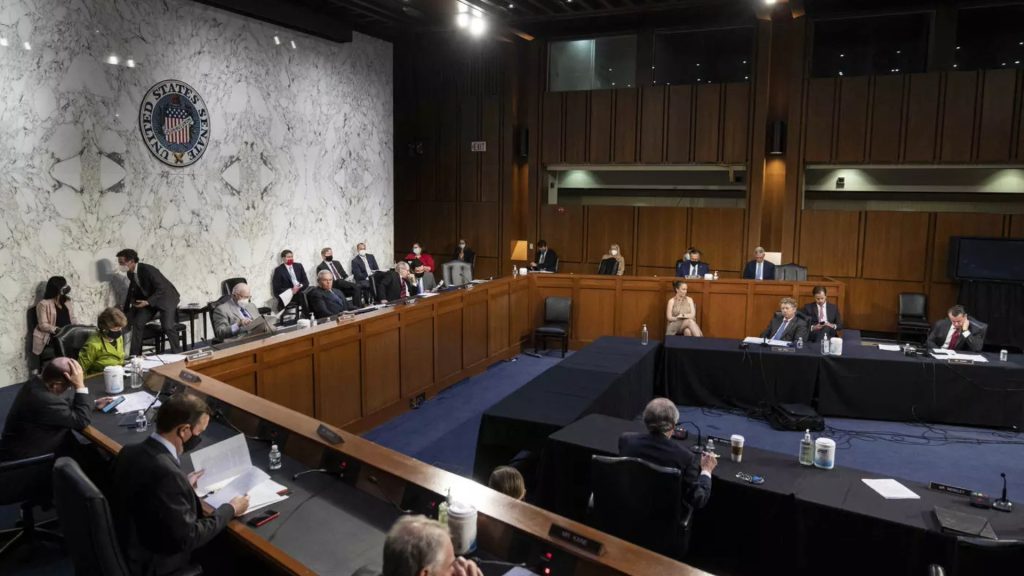
Senate Majority Leader Mitch McConnell has said, “Everything I do during this, I’m coordinating with White House counsel.” Given the Republican control of the Senate, acquittal is considered likely. However, some moderate Republicans have signaled they have open minds.
Conviction Leads to a Direct Impeachment
If the Senate votes to convict, Biden will be removed from office, and Vice President Kamala Harris will become president. An acquittal would allow Biden to remain in office. The impeachment inquiry and trial have deepened the partisan divide in Washington.
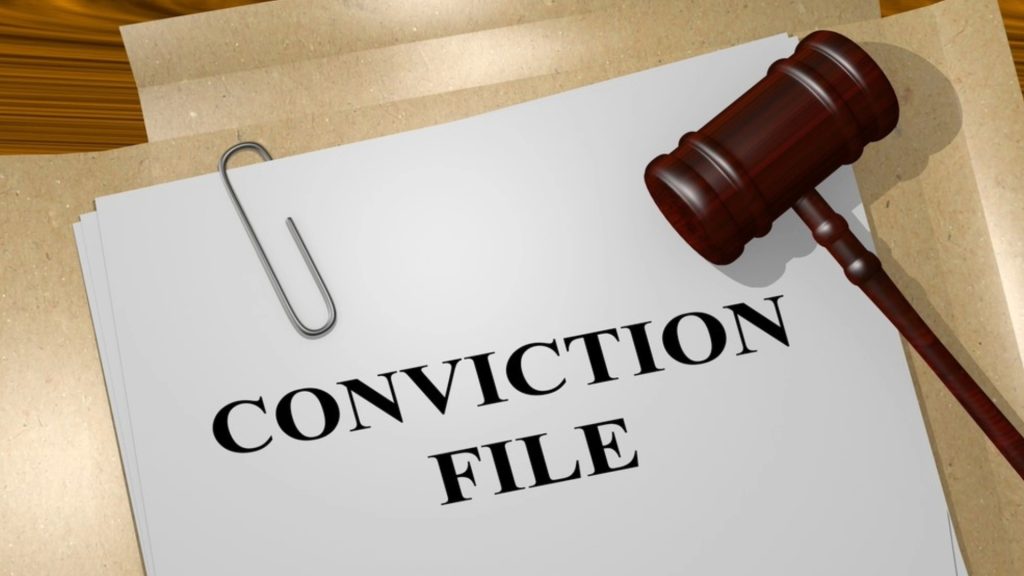
The impeachment saga has overshadowed other issues like the budget, trade policy, and the presidential election. The Democratic presidential race is intensifying, with the first primary votes just weeks away in Iowa and New Hampshire.
Impeachment Proceedings at an Impasse
The impeachment proceedings brought forth conflicting testimony regarding meetings and conversations between key players. While it is stated clearly that a quid pro quo was communicated, other witnesses could not corroborate those details from their vantage points.
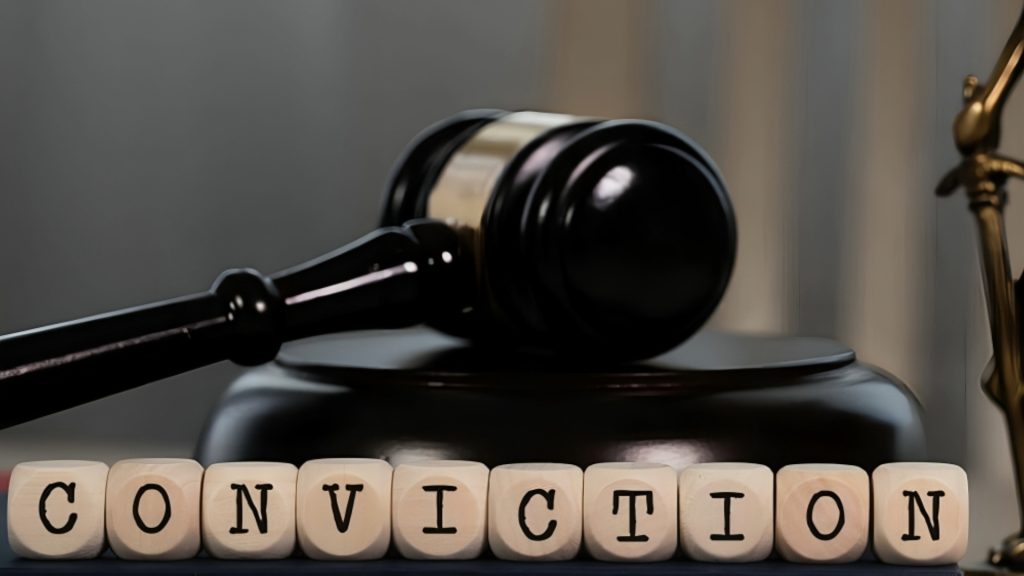
As more evidence comes to light, the truth may become clearer. For now, both sides of the aisle will likely continue leveraging testimony and documentation to support their positions. The road ahead will determine if the hearings yield sufficient grounds for impeachment or if the proceedings will close without further action taken.


